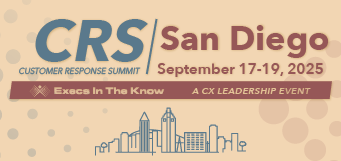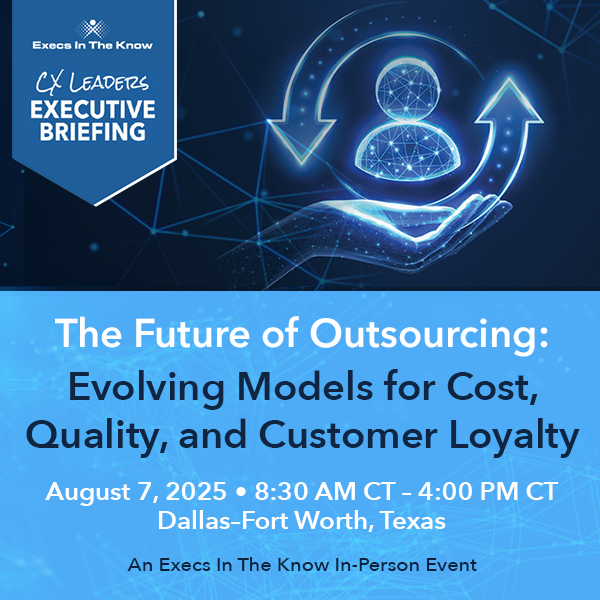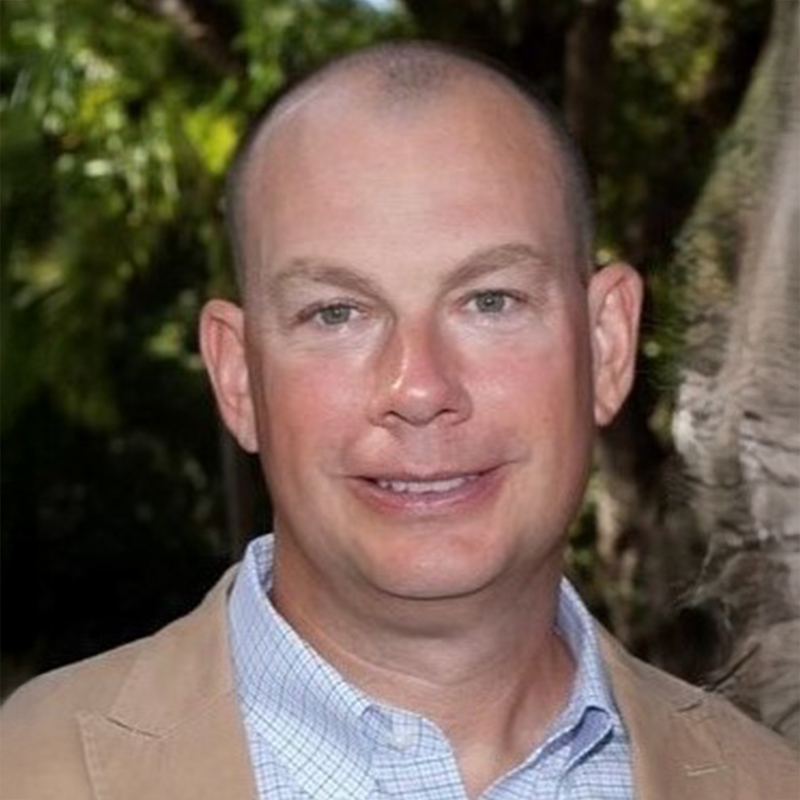The post below was written by Ann Ruckstuhl and was originally posted on the LiveOps blog.

LiveOps has certainly been on the move lately! Last week, I had the opportunity to travel to the 10th annual Customer Response Summit in the heart of the “Blues City” – Memphis, Tennessee. While there, I found myself mingling with some of the most remarkable thought leaders in this industry, sharing experiences and advice on how to ensure a positive customer experience for the connected consumer – a topic that is very near and dear to my heart.
It is well known that our customers are and should be at the center of everything we do. During my time at the Customer Response Summit I was fortunate to moderate a session with Martin Hand, Chief Customer Officer at St. Jude Children’s Research Hospital, Alistair Firmin, Vice President of Customer Service at The Standard and John Jordan, Chief Customer Officer at Total Wine & More where we share our collective experiences and insights. Here are the 3 key takeaways from our session that are universally applicable to any brand looking to create exceptional customer experiences.
(1) Move from Reactive to Proactive Customer Experience Management
Instead of “driving by looking through the rear view mirror” and using historic metrics such as NPS, CSAT and DSAT to measure customer experience, brands are increasingly using real-time customer interaction patterns to prevent bad experiences from happening in the first place. Just like real-time fraud detection, we now have the right technology to aggregate customer experience data such as web visit, contact center interaction, transactional and social media activity data so that brand can detect negative customer experience patterns such as shopping cart abandonment, unsuccessful self-service journey and sub-SLA customer service in real time. Coupled with real-time contextual routing, brands can now react immediately to these negative CX patterns by triggering the next-best-action, utilizing concierge live service agents to “save” the customer journey before it escalates into complaints or worse yet, customer churn.
(2) Customer Experience Management Is Everybody’s Job
This was one of the hot topics during our panel discussion. In order to deliver exceptional customer experiences, it is critical for the entire organization to have equal participation, transparent reporting, common performance measurements and shared incentives. According to McKinsey, the customer journey has evolved from linear to circular. Brands no longer win customers just once; rather, they need to win their loyalty at every single touch point across the entire customer journey. This includes sales, marketing, services and back office interactions.
(3) Apply the “Curly Rule” and Prioritize Your Customer Journey Bottlenecks
There will always be many customer journey bottlenecks to fix. Find that “one thing” that has the biggest impact to your business and start there. For example, Bolt Insurance conducts research to determine a buyer’s purchase journey online, in-office and over the phone. With this information, they are able to find out where shoppers start their information gathering process, where they seek help and where they eventually make their final purchase. This provides invaluable insight into key journey bottlenecks that cause drop-offs and dissatisfaction so that Bolt can fix them accordingly to increase sales conversion.
The one thing that we all agreed on is that agents are not appropriately armed to service today’s multichannel, mobile, social customers. In order to deliver exceptional customer experiences, brands should look within and start with their own contact center agents for BAX=BCX=BCTLV.
Are you ready to listen, detect and engage with your customers in real time?






